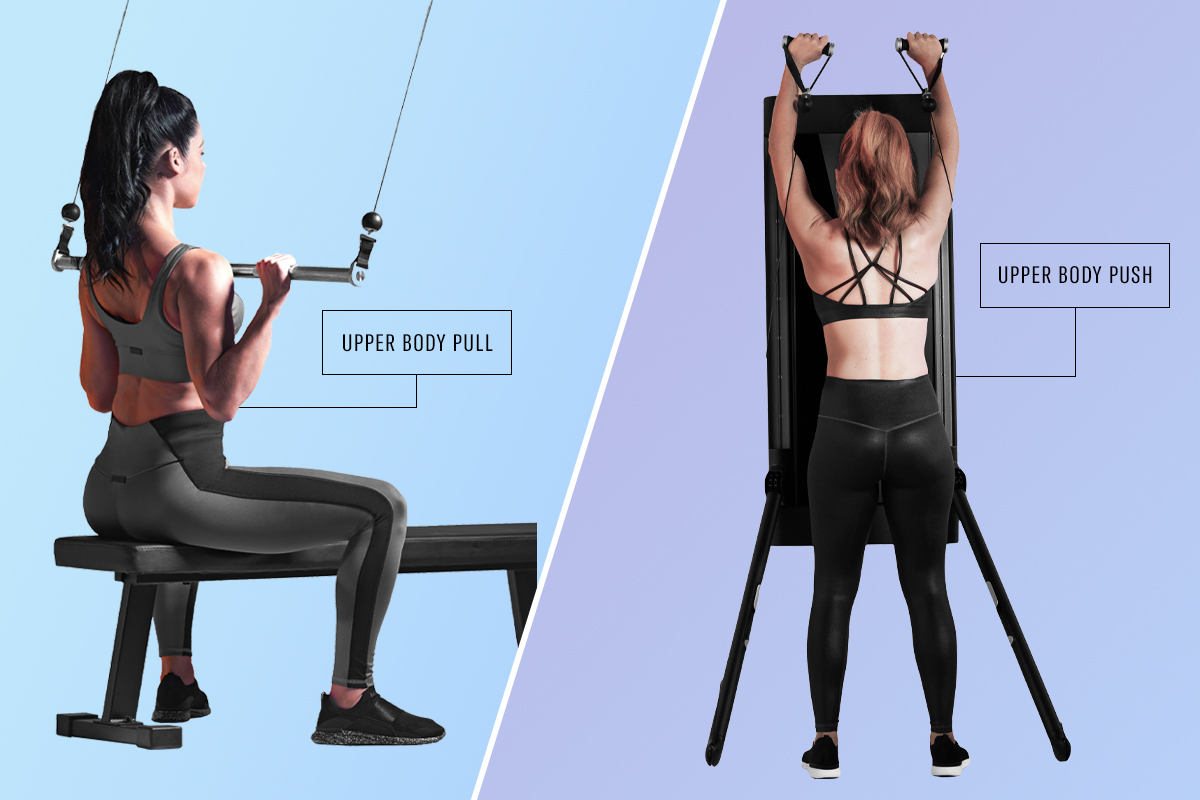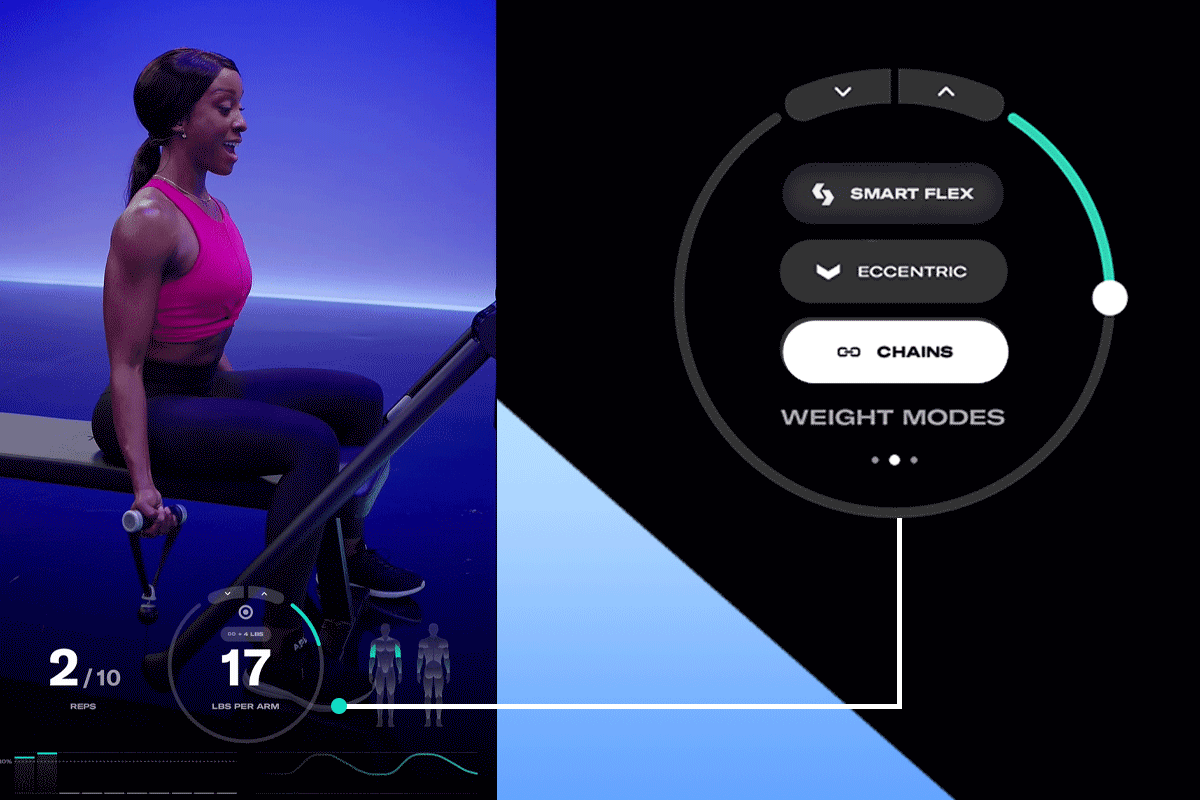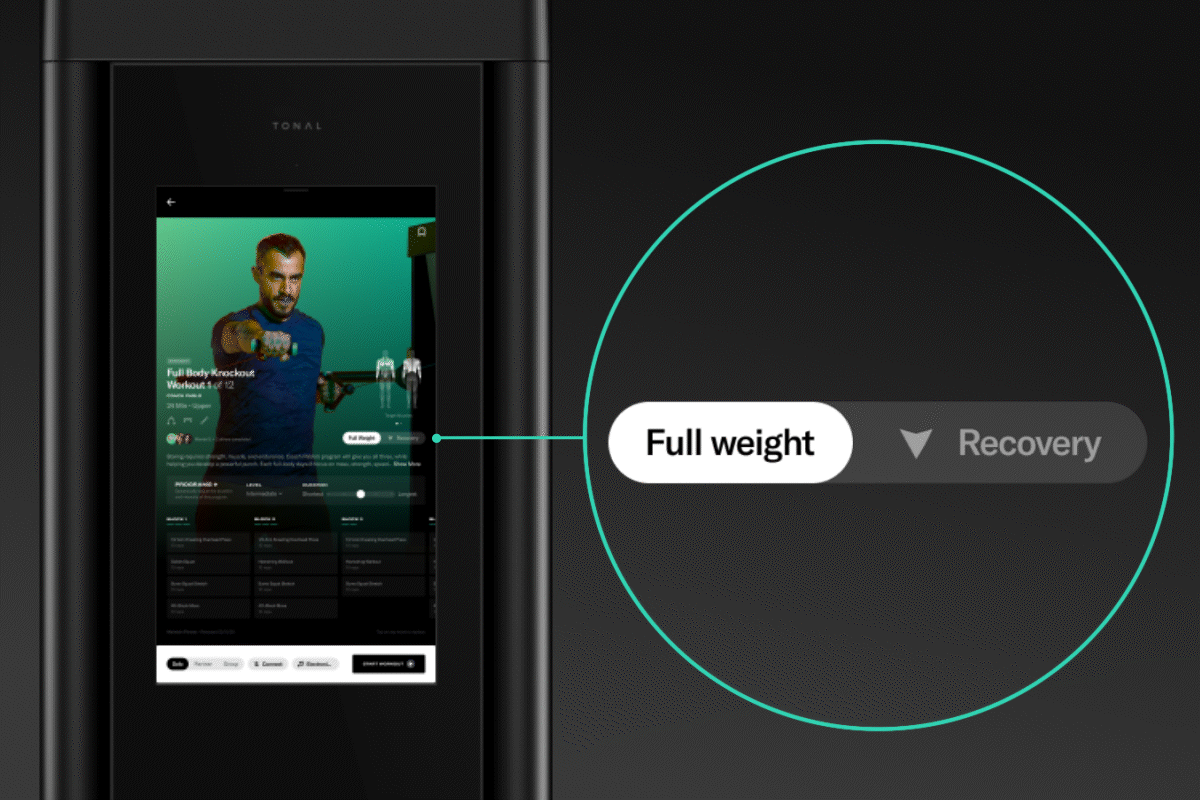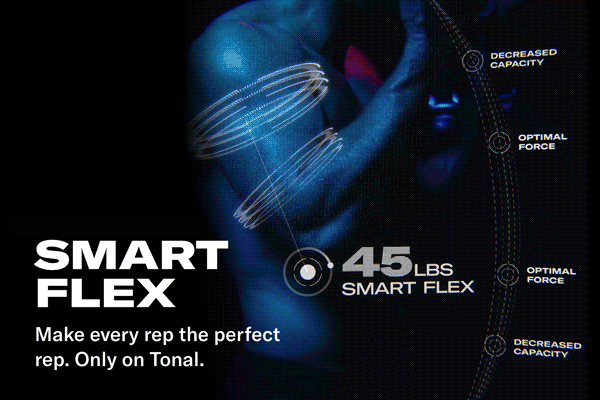Splitting lower body push-pull training into two workouts provides a more advanced adaptation of the popular routine.
Some of us like to split up workouts by body parts, hitting the upper body one day and lower body the next. Others want a full-body blast in every sweat session. Push-pull training works for both types of exercisers, but applying split push-pull legs workouts is an easy and efficient way to work lower-body wreckage into every training session.
Push-pull training focuses more on how you are moving your body rather than on what parts of your body you are moving by incorporating muscle groups that perform similar mechanical actions in the same workouts. A traditional push-pull routine focuses on upper-body pulling movements on one day, upper-body pushing movements on the second, and all leg exercises on the third. This allows each muscle group to be trained twice per week (if you train six days with one day of rest)without overtraining, and helps you get stronger, faster.
However, a more advanced application of push-pull training splits the lower body into push and pull exercises on separate days, and combines them with the opposite upper body movement, for full-body workouts that will optimize your time. Here’s how to add push-pull training for the legs into your weekly training program, whether you’re exercises at home or at the gym.
Identify Push and Pull Exercises for the Legs
While it may seem obvious what upper body exercises involve pushing and pulling, it’s not always as clear with the lower body. Pushing exercises for the legs generally target the front of the body, or the quads. Pulling exercises target the back of the body, or the glutes, hamstrings and calves. Former professional quarterback and strength coach Nic Shimonek explains that lower-body push movements are more knee-dominant, while lower-body pull movements are more hip-dominant.
“Pull movements, like deadlifts or glute bridges, involve more of a hinge at the hips, while push movements like squats and lunges involve more flexing at the knee,” he says. Shimonek, who trains many professional athletes, notes that while hinging movements that recruit the hamstrings and glutes are applicable to sprinting—and jogging, walking—lower-body push movements like squats are also important, because strong quads are necessary for deceleration.

Combine Lower-Body Movements With Opposite Upper-Body Movements
In this type of training, you’ll create full-body workouts based on the movement patterns of your muscle groups.
Day 1: Upper-body pull and lower-body push
Choose exercises such as pull-ups, barbell or single-arm rows, pulldowns, goblet squats, barbell back or front squats, and split squats.
Day 2: Upper-body push and lower-body pull
Choose exercises such as push-ups, incline bench presses, overhead presses, deadlifts, single-leg Romanian deadlifts and pull-throughs.
If you are working out six days a week, this method allows all muscle groups to be trained up to three times per week to optimize performance, and it allows you to train on back-to-back days while still giving your muscles a chance to recover. However, you must plan your routine intelligently by assessing your level of fitness and factoring in proper rest to ensure you reach your goals.
Choose the Right Intensity and Volume
“The dose makes the poison,” says Josh Clay, certified strength and conditioning specialist and programming specialist at Tonal. Clay explains you’re still working to improve your fitness, you may get too tired over the course of an hour-long workout to train hard enough to see results. So, if you’re a beginner, and you want to train all body parts three times per week, try six, 25-minute workouts per week.
If you’re an intermediate or advanced exerciser who already has a high level of fitness, you might be able to do six, one-hour sessions per week, provided you rest three to five minutes between sets and are training primarily for strength. But, Clay says, if you’re hardly resting during your workouts, six hour-long sessions could be too much volume to ensure proper recovery. If you choose to do hour-long sessions, Clay suggests four per week, with a fifth day devoted to recovery exercises.
Train Your Weaknesses
If you’re great at chin-ups and squats and terrible at deadlifts and overhead presses, Clay suggests focusing on your weakness on days one and three when you’ll be freshest.
For example, do your upper-body push, lower-body pull workouts on Mondays and Thursdays to develop strength in those areas. On Tuesdays and Fridays, focus your upper-body pull, lower-body push workouts on exercises that will stimulate those muscles to maintain strength and manage stress. “You need to work harder at the things you’re not as good at,” says Clay.
Shimonek also suggests taking your lifestyle into account when deciding on what exercises you need to focus. In today’s world of work-from-home jobs and digital streaming services, many of us spend more hours seated at our computers and in front of our televisions than ever before. And the more you sit, the more likely it is that your glute muscles will become inactive, which tightens the hip flexors, curves the spine and causes back pain. If you suffer from this common imbalance, Shimonek recommends that you do more pulling exercises than pushing exercises for the lower body to strengthen the muscles of the posterior chain.




